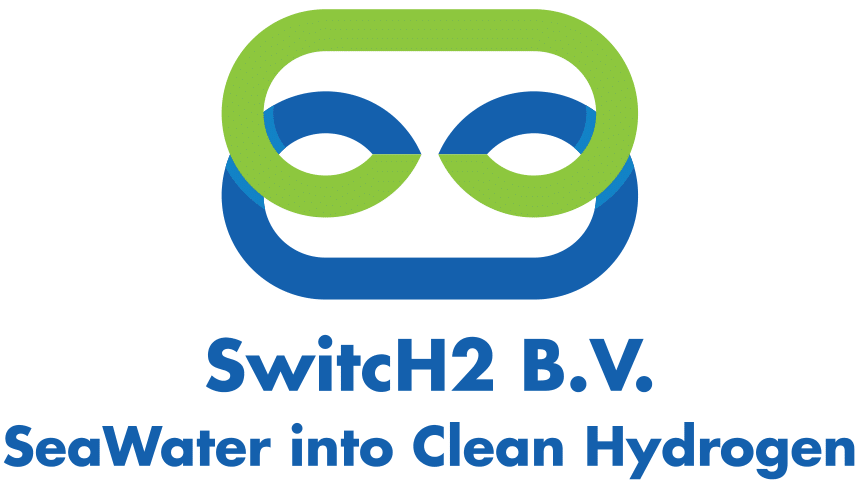
ABB will engineer and supply automation and electrification technology solutions for SwitcH2’s under-development floating production, storage and offloading (FPSO) vessel.

ABB will engineer and supply automation and electrification technology solutions for SwitcH2’s under-development floating production, storage and offloading (FPSO) vessel.
SwitcH2 Offshore and CorPower Ocean will develop a 300,000 tons per year offshore renewable ammonia production facility in Portugal, expected to become operational by 2029. Two separate partnerships - Samsung Heavy Industries & Lloyd’s Register, and MISC & Gentari - are also exploring similar floating production projects.
Ohmium will develop 300 MW of PEM electrolyser capacity for SwitcH2’s offshore hydrogen and ammonia production vessel. Moored off the coast of southern Europe, the 268m-long vessel will be powered by nearshore renewable energy, and the electrolysers fed by desalinated seawater, producing enough ammonia to “fuel multiple oceangoing vessels for a full year”.
As the maritime industry gears towards the use of more sustainable fuels, Denmark-based cargo pump supplier Svanehoj reports increased orders for ammonia-capable equipment to be used on LPG tankers. Navantia and H2SITE will combine their expertise in shipbuilding and ammonia cracking to create hydrogen-based propulsion systems. Thyssenkrupp Uhde’s ammonia technology will be used in SwitcH2’s floating ammonia production vessels to harness offshore wind energy. And Iverson eFuels will use ECOnnects’ jettyless gas transfer technology at its 200,000 tonnes per year ammonia production facility in Norway.
In maritime ammonia updates this week:
Through its ammonia FPSO vessel project, SwitcH2 expects to start producing ammonia offshore 2028, while Louis Dreyfus Ports and Logistics’s “FRESH” mobile ammonia terminal concept is expected to become commercial by 2025. Recently awarded AiPs affirm the technical feasibility of both designs.